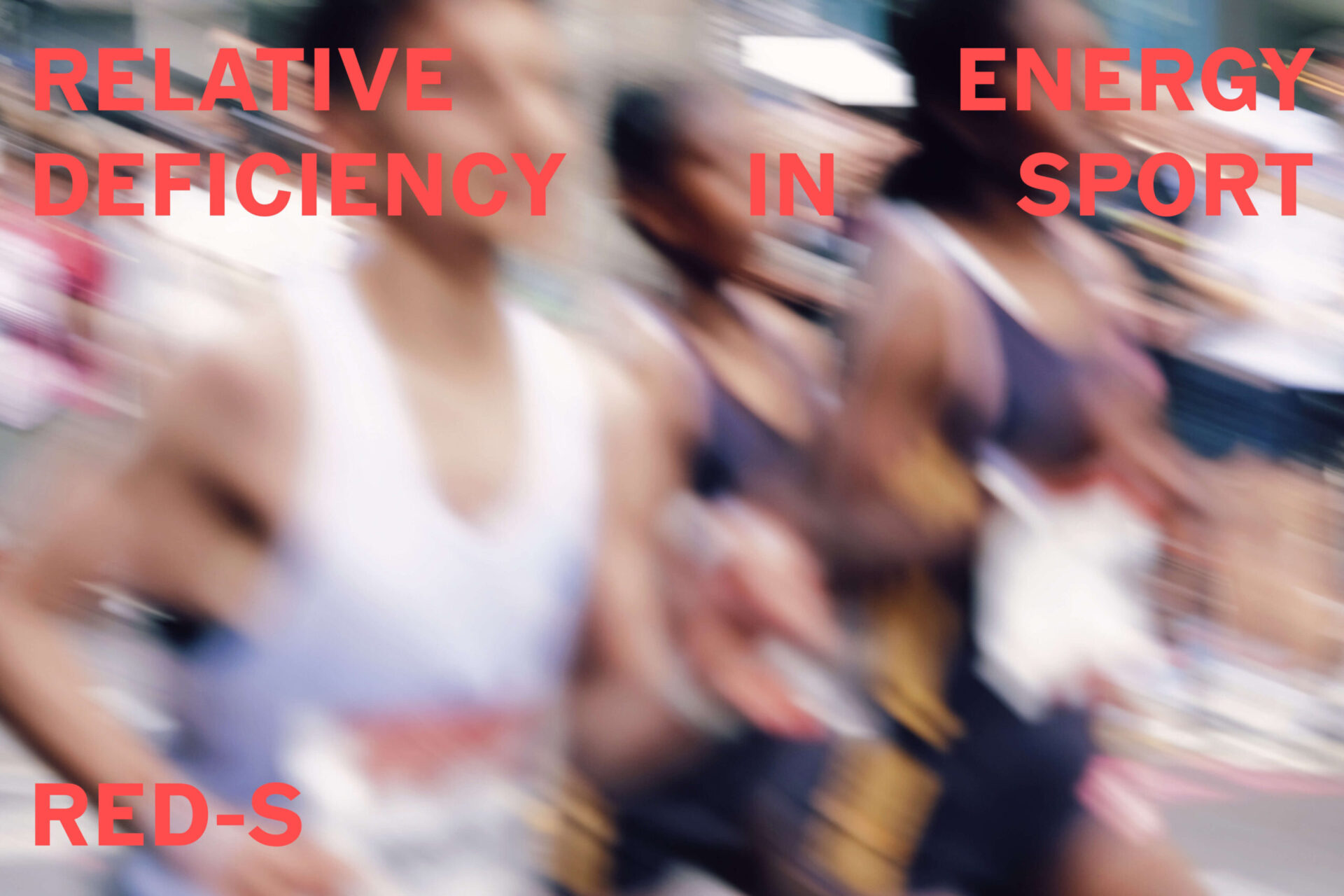Startseite / Running and Running related Injuries – RED-s

Part 1 of Our Series On Running-related Injuries
Relative Energy Deficiency in Sport (RED-S) – a complex syndrome with serious health and performance-related consequences. This article explores what RED-S is, how it develops, the associated risks, and how physiotherapy can help prevent and treat it.
According to the 2023 International Olympic Committee (IOC) Consensus Statement, RED-S refers to a condition that affects both female and male athletes. It results from low energy availability (LEA), meaning the body doesn’t receive enough energy to support essential functions and athletic performance【1】.
How Does an Energy Deficit Develop?
An energy deficit can arise in several ways:
RED-S affects both physical and mental health. The most significant health consequences include:
Psychologically, an energy deficit can lead to increased stress, dissatisfaction with body image, and disordered eating behaviors【7, 8】.
RED-S not only compromises health but also significantly affects athletic performance. Common performance-related issues include:
Psychological factors play a crucial role in the development and persistence of RED-S. Key contributors include:
A major challenge in managing RED-S is late diagnosis. The syndrome is often identified only after severe health consequences have already developed. Several tools can aid in early detection【5】:
Screening Tools
The IOC recommends specific questionnaires such as the LEAF-Q (Low Energy Availability in Females Questionnaire) and the LEAM-Q (for males). Medical evaluations, including assessments of bone density and hormone levels, are also crucial for detecting early signs of RED-S【5, 6】.
Treating RED-S requires a multidisciplinary team consisting of sports physicians, nutritionists, psychologists, and physiotherapists. The goal is to restore energy balance and promote a healthy relationship with training and nutrition【3, 6】.
Steps in Treatment
Physiotherapists play a vital role in both the treatment and prevention of RED-S. They support athletes in gradually rebuilding physical capacity and help prevent future injuries【6】.
Physiotherapy Interventions
RED-S is a serious syndrome that can severely impair both health and athletic performance. An energy deficit can result not only from intentional calorie restriction but also from inadequate nutritional planning or the increased demands of high-intensity training phases. Psychological factors, such as disordered eating behaviors and compulsive exercise, can exacerbate the problem and hinder recovery.
A holistic approach involving early detection, tailored nutritional and training adjustments, and professional support – particularly through physiotherapy – is essential to mitigate the effects of RED-S and ensure long-term performance sustainability.
Have you experienced RED-S, disordered eating, or related challenges? Share this article on social media and let us know your thoughts. We look forward to your feedback!
theroga GbR Gemeinschaftspraxis für Physiotherapie
Thaerstraße 28a
10249 Berlin
Tel.: (030) 530 831 26
eMail: info@theroga.de
Opening hours:
Monday – Thursday: 8:00 a.m. – 8:00 p.m
Friday: 8:00 a.m. – 6:00 p.m
Saturday & Sunday: closed